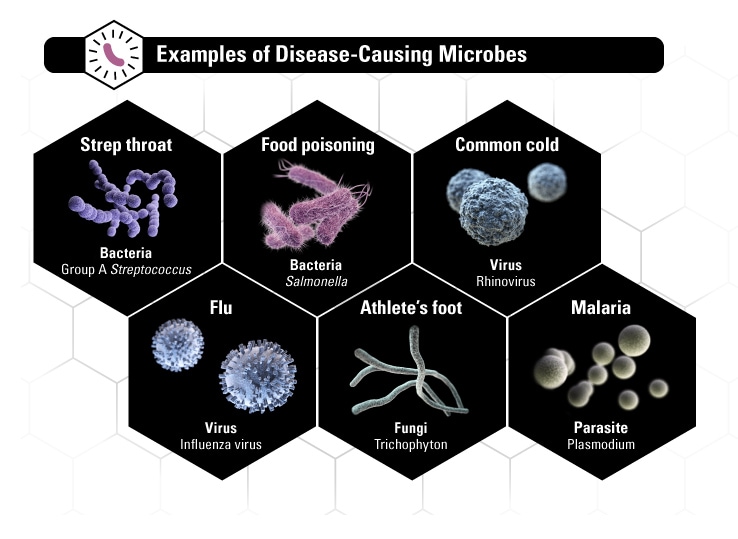About Antimicrobial Resistance
About Resistance
Antibiotic / Antimicrobial resistance is the ability of microbes to resist the effects of drugs – that is, the germs are not killed, and their growth is not stopped. Although some people are at greater risk than others, no one can completely avoid the risk of antibiotic-resistant infections. Infections with resistant organisms are difficult to treat, requiring costly and sometimes toxic alternatives.
Bacteria will inevitably find ways of resisting the antibiotics developed by humans, which is why aggressive action is needed now to keep new resistance from developing and to prevent the resistance that already exists from spreading.
Explanation of Bacteria and Other Microbes
Microbes are organisms too small for the eye to see and are found everywhere on Earth. There are many types of microbes: bacteria, viruses, fungi, and parasites. While most microbes are harmless and even beneficial to living organisms, some can cause disease among humans, other animals, and plants. These disease-causing microbes are called pathogens; sometimes they are referred to as “germs” or “bugs.” All types of microbes have the ability to develop resistance to the drugs created to destroy them, becoming drug-resistant organisms.























.png)











No hay comentarios:
Publicar un comentario